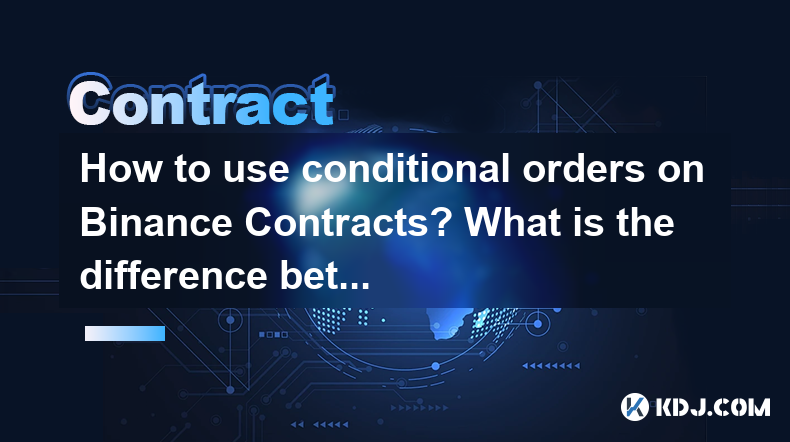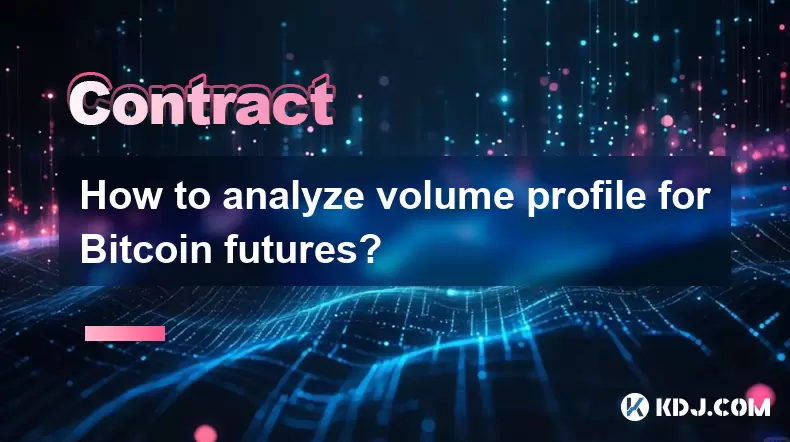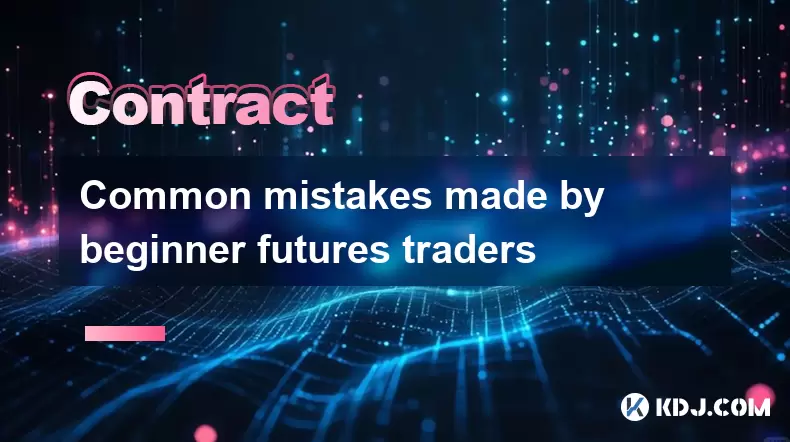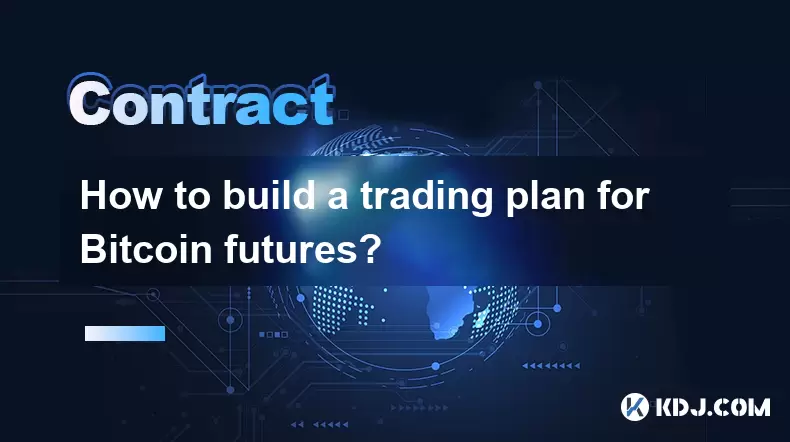-
 Bitcoin
Bitcoin $118,698.3676
0.16% -
 Ethereum
Ethereum $3,428.4877
5.97% -
 XRP
XRP $3.2496
9.52% -
 Tether USDt
Tether USDt $1.0002
0.00% -
 BNB
BNB $725.6930
4.36% -
 Solana
Solana $174.8923
4.52% -
 USDC
USDC $0.9997
-0.02% -
 Dogecoin
Dogecoin $0.2139
6.02% -
 TRON
TRON $0.3155
4.62% -
 Cardano
Cardano $0.8045
7.12% -
 Hyperliquid
Hyperliquid $46.6582
-1.72% -
 Stellar
Stellar $0.4676
0.80% -
 Sui
Sui $4.0143
0.38% -
 Chainlink
Chainlink $17.1546
2.97% -
 Hedera
Hedera $0.2458
3.27% -
 Bitcoin Cash
Bitcoin Cash $496.5967
-0.06% -
 Avalanche
Avalanche $22.8813
3.13% -
 Shiba Inu
Shiba Inu $0.0...01439
3.42% -
 UNUS SED LEO
UNUS SED LEO $8.8389
0.42% -
 Toncoin
Toncoin $3.2113
2.82% -
 Litecoin
Litecoin $101.2646
4.24% -
 Polkadot
Polkadot $4.2262
2.32% -
 Monero
Monero $340.4295
2.92% -
 Pepe
Pepe $0.0...01365
2.92% -
 Uniswap
Uniswap $8.9702
-2.78% -
 Bitget Token
Bitget Token $4.7675
2.00% -
 Dai
Dai $0.9998
-0.02% -
 Ethena USDe
Ethena USDe $1.0003
-0.04% -
 Aave
Aave $324.6394
-2.11% -
 Bittensor
Bittensor $433.6051
-0.88%
How to use conditional orders on Binance Contracts? What is the difference between trailing stop and limit order?
Conditional orders on Binance Contracts automate trading by executing when specific conditions are met, enhancing strategy and risk management.
May 02, 2025 at 02:15 pm

Using conditional orders on Binance Contracts can significantly enhance your trading strategy by automating certain aspects of your trades. In this article, we will explore how to use conditional orders on Binance Contracts, and we will also delve into the differences between trailing stop and limit orders.
Understanding Conditional Orders on Binance Contracts
Conditional orders on Binance Contracts are orders that are triggered when specific conditions are met. These can be used to automate your trading strategy, helping you manage risk and potentially increase your profits. There are several types of conditional orders available on Binance Contracts, including limit orders, market orders, stop-limit orders, and trailing stop orders.
To use conditional orders effectively, it's important to understand the different types and how they function within the Binance Contracts ecosystem. Let's break down the process of setting up a conditional order on Binance Contracts.
Setting Up a Conditional Order on Binance Contracts
To set up a conditional order on Binance Contracts, follow these steps:
- Log into your Binance account and navigate to the Binance Futures section.
- Select the contract you wish to trade. This could be a perpetual or a delivery contract.
- Click on the "Orders" tab and then select "Conditional Order" from the dropdown menu.
- Choose the type of conditional order you want to set up. Options include Limit, Market, Stop-Limit, and Trailing Stop.
- Fill in the required parameters for your chosen order type. For example, if you are setting up a limit order, you will need to specify the price at which you want the order to be executed.
- Set the trigger condition. This is the condition that must be met for the order to be activated. For example, you might set a trigger price that, when reached, will activate your order.
- Review your order details and make any necessary adjustments.
- Submit the order by clicking the "Place Order" button.
Types of Conditional Orders on Binance Contracts
Binance Contracts supports several types of conditional orders, each with its own unique characteristics and uses. Let's explore these in more detail.
Limit Orders
A limit order is an order to buy or sell a contract at a specified price or better. When you place a limit order, it will only be executed if the market reaches your specified price. This type of order is useful for traders who want to control the price at which they enter or exit a position.
To set up a limit order on Binance Contracts:
- Select "Limit" as the order type.
- Enter the price at which you want the order to be executed.
- Set the trigger condition, such as a specific price level that must be reached.
- Review and submit the order.
Market Orders
A market order is an order to buy or sell a contract at the current market price. This type of order is executed immediately at the best available price. Market orders are useful for traders who want to enter or exit a position quickly, without worrying about the exact price.
To set up a market order on Binance Contracts:
- Select "Market" as the order type.
- Set the trigger condition, such as a specific price level that must be reached.
- Review and submit the order.
Stop-Limit Orders
A stop-limit order combines the features of a stop order and a limit order. It is an order to buy or sell a contract at a specified price (the limit price) after a given stop price has been reached. Once the stop price is reached, the stop-limit order becomes a limit order to be executed at the limit price or better.
To set up a stop-limit order on Binance Contracts:
- Select "Stop-Limit" as the order type.
- Enter the stop price at which the order will be triggered.
- Enter the limit price at which the order will be executed.
- Set the trigger condition, such as a specific price level that must be reached.
- Review and submit the order.
Trailing Stop Orders
A trailing stop order is designed to protect gains by enabling a trade to remain open and continue to profit as long as the price is moving in the trader's favor. The order is triggered when the price moves against the trader by a specified percentage or amount.
To set up a trailing stop order on Binance Contracts:
- Select "Trailing Stop" as the order type.
- Enter the trailing value, which can be a percentage or a fixed amount.
- Set the trigger condition, such as a specific price level that must be reached.
- Review and submit the order.
Difference Between Trailing Stop and Limit Order
Understanding the difference between a trailing stop order and a limit order is crucial for effective trading on Binance Contracts. Let's examine these differences in detail.
Trailing Stop Order
A trailing stop order is designed to protect profits by allowing a trade to remain open as long as the price is moving in the trader's favor. The order is triggered when the price moves against the trader by a specified percentage or amount. This type of order is useful for locking in profits while allowing the trade to continue if the market moves favorably.
For example, if you have a long position and the price is rising, a trailing stop order will move up with the price, maintaining a specified distance. If the price then falls by the trailing amount, the order will be triggered, and the position will be closed.
Limit Order
A limit order, on the other hand, is an order to buy or sell a contract at a specified price or better. It is executed only if the market reaches the specified price. This type of order is useful for traders who want to control the exact price at which they enter or exit a position.
For example, if you want to buy a contract at a specific price, you can set a limit order at that price. The order will only be executed if the market reaches or falls below that price.
Key Differences
The key differences between a trailing stop order and a limit order are:
- Purpose: A trailing stop order is used to protect profits and allow a trade to continue as long as the price is moving favorably. A limit order is used to enter or exit a position at a specific price.
- Execution: A trailing stop order is triggered when the price moves against the trader by a specified amount. A limit order is executed only if the market reaches the specified price.
- Flexibility: A trailing stop order adjusts automatically as the price moves in the trader's favor. A limit order remains static at the specified price.
Frequently Asked Questions
Q: Can I cancel a conditional order on Binance Contracts after it has been placed?
A: Yes, you can cancel a conditional order on Binance Contracts at any time before it is triggered. To do this, navigate to the "Orders" tab, find the conditional order you wish to cancel, and click the "Cancel" button next to it.
Q: What happens if the market price never reaches the trigger condition of my conditional order?
A: If the market price never reaches the trigger condition of your conditional order, the order will remain pending until it is either triggered or canceled. It will not be executed unless the specified condition is met.
Q: Can I set multiple conditional orders for the same contract on Binance Contracts?
A: Yes, you can set multiple conditional orders for the same contract on Binance Contracts. Each order will be treated independently, and they can have different trigger conditions and order types.
Q: Are there any fees associated with using conditional orders on Binance Contracts?
A: Yes, Binance Contracts charges fees for executing orders, including conditional orders. The fee structure depends on your trading volume and the type of contract you are trading. You can find detailed information on fees in the Binance Contracts fee schedule.
Disclaimer:info@kdj.com
The information provided is not trading advice. kdj.com does not assume any responsibility for any investments made based on the information provided in this article. Cryptocurrencies are highly volatile and it is highly recommended that you invest with caution after thorough research!
If you believe that the content used on this website infringes your copyright, please contact us immediately (info@kdj.com) and we will delete it promptly.
- Maharashtra Government Nurses Launch Indefinite Strike: A Healthcare Crisis?
- 2025-07-18 04:30:13
- Hilbert Group, Syntetika, and Tokenization: Bridging DeFi and Institutional Finance
- 2025-07-18 05:30:12
- Crypto Regulation in the US House: Decoding the CLARITY Act and What It Means for You
- 2025-07-18 04:30:13
- Superman Soars on Coins and Medals: A Collector's Guide to Comic Art Treasures
- 2025-07-18 05:30:12
- Shiba Inu, AI Tokens, and the Meme Coin Mania: What's Next?
- 2025-07-18 03:50:12
- XRP's Wild Ride: Chasing ATHs and Cloud Mining Dreams in the Crypto Jungle
- 2025-07-18 02:30:13
Related knowledge

What is a stablecoin-margined contract vs a coin-margined contract?
Jul 15,2025 at 06:36pm
Understanding the Difference Between Stablecoin-Margined Contracts and Coin-Margined ContractsIn the world of cryptocurrency derivatives, margin plays...

How to analyze volume profile for Bitcoin futures?
Jul 17,2025 at 01:21am
Understanding Volume Profile in Bitcoin Futures TradingVolume profile is a crucial analytical tool used by traders to assess the distribution of tradi...

How to backtest a Bitcoin futures trading strategy?
Jul 15,2025 at 11:35am
Understanding Bitcoin Futures TradingBitcoin futures trading involves contracts to buy or sell Bitcoin at a predetermined price and date in the future...

Common mistakes made by beginner futures traders
Jul 17,2025 at 07:49am
Overleveraging Without Understanding the RisksOne of the most frequent mistakes made by beginner futures traders is overleveraging their positions. Fu...

Psychology of trading Bitcoin contracts
Jul 13,2025 at 02:50am
Understanding the Emotional Rollercoaster of Bitcoin Futures TradingBitcoin contract trading, especially in the form of futures, introduces a high lev...

How to build a trading plan for Bitcoin futures?
Jul 17,2025 at 08:42am
Understanding Bitcoin Futures TradingBitcoin futures are derivative contracts that allow traders to speculate on the future price of Bitcoin without o...

What is a stablecoin-margined contract vs a coin-margined contract?
Jul 15,2025 at 06:36pm
Understanding the Difference Between Stablecoin-Margined Contracts and Coin-Margined ContractsIn the world of cryptocurrency derivatives, margin plays...

How to analyze volume profile for Bitcoin futures?
Jul 17,2025 at 01:21am
Understanding Volume Profile in Bitcoin Futures TradingVolume profile is a crucial analytical tool used by traders to assess the distribution of tradi...

How to backtest a Bitcoin futures trading strategy?
Jul 15,2025 at 11:35am
Understanding Bitcoin Futures TradingBitcoin futures trading involves contracts to buy or sell Bitcoin at a predetermined price and date in the future...

Common mistakes made by beginner futures traders
Jul 17,2025 at 07:49am
Overleveraging Without Understanding the RisksOne of the most frequent mistakes made by beginner futures traders is overleveraging their positions. Fu...

Psychology of trading Bitcoin contracts
Jul 13,2025 at 02:50am
Understanding the Emotional Rollercoaster of Bitcoin Futures TradingBitcoin contract trading, especially in the form of futures, introduces a high lev...

How to build a trading plan for Bitcoin futures?
Jul 17,2025 at 08:42am
Understanding Bitcoin Futures TradingBitcoin futures are derivative contracts that allow traders to speculate on the future price of Bitcoin without o...
See all articles

























































































